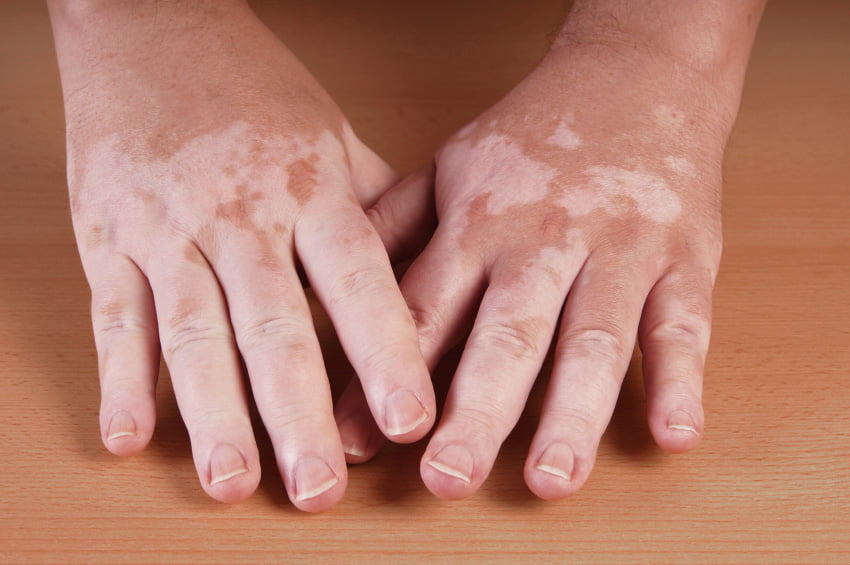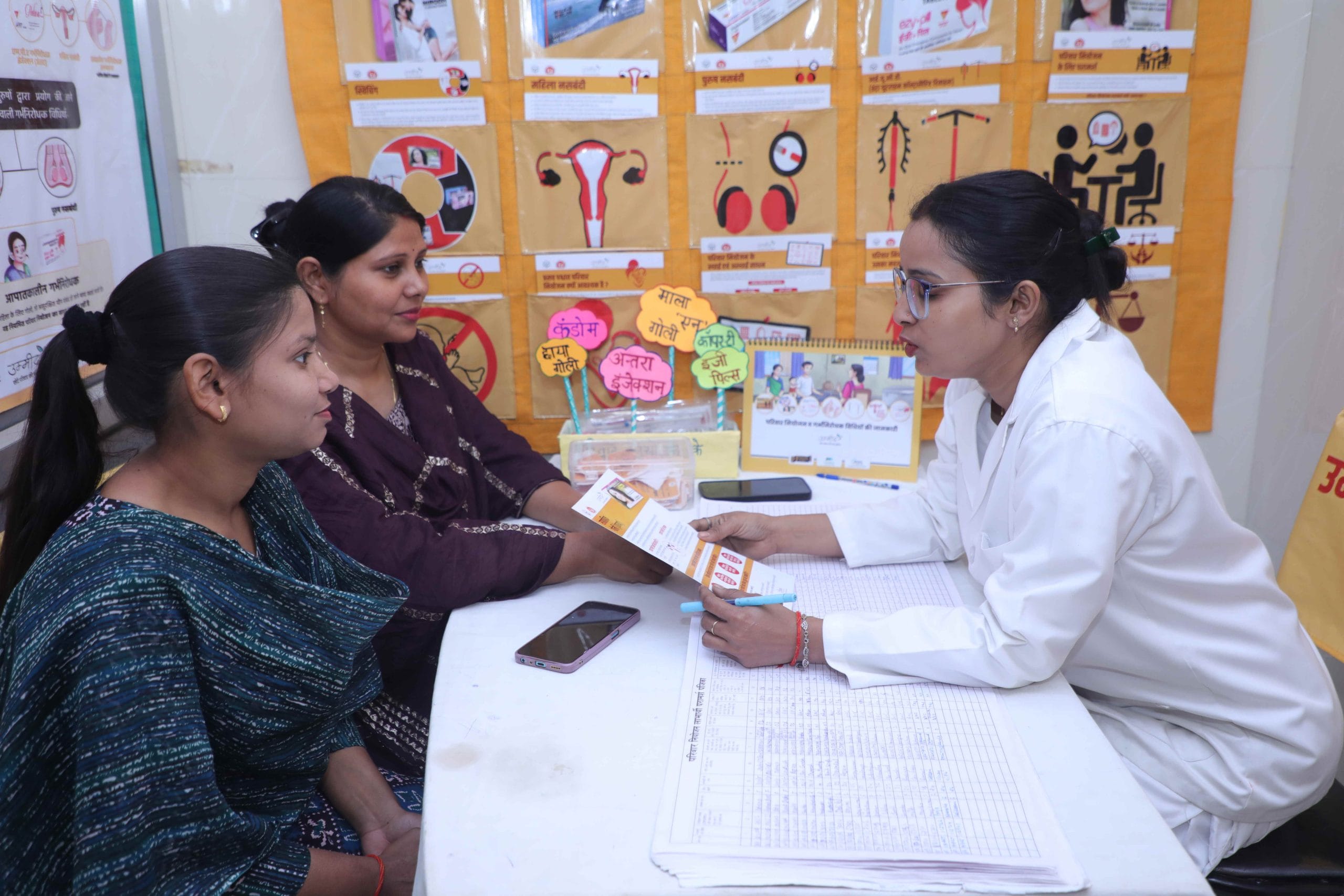It happens a lot. When I am walking down the street, or at the airport, at a work-related meeting. It is always the same conversation:
Stranger: Hi, madam, can I speak to you?
Me: Yes?
Stranger: Those white spots on your face….
What follows, if I would let it, is a variation of the same theme. “Those white spots on your face” they want to say – “have you sought any treatment for it?”. Or “I know of a cure’ they say, before suggesting anything from crystal healing, cow urine or taking the liver of a toad, binding it tight about the patient’s throat and standing naked by the full moon in a barrel of eels’ eyes. One of these is a Harry Potter reference. I will leave you to decide which.
To the uninitiated – vitiligo is a purely cosmetic skin ailment, that results in patches of the skin losing pigment. It has no known cure, (contrary to what my street, airport and workplace badgers believe) and is usually a lifelong condition. Of course, nothing written here should be construed as medical advice and please don’t let this article put you off seeking treatment.
I have had it for ten long years now and I think it is time I spoke up about it. In a skin obsessed and intrusive society like ours, living with vitiligo is not easy. It is not so much the having of the vitiligo that is difficult, but people’s response to it. In the early years of my having vitiligo, I remember that in a hospital where I used to go to get treatment, the nurses would always talk to each other (in loud whispers), about what a pity it was that I had vitiligo and how I was quite nice looking otherwise.
It was first diagnosed when I was seventeen. The white dot on top of my upper lip that was spreading, I was told, was the beginning of a condition that I was to have all my life. A hardened cynical me is not proud to report that I cried in a bathtub for hours. I write this today, partly, so that a young person, especially a young girl (because women face the burden of beauty expectations more disproportionately) diagnosed with vitiligo would not have to cry, especially not in a bathtub.
It is not so much the having of the Vitiligo that is difficult, but people’s response to it.
If you are living with vitiligo, here are a few things that I realized along the way, that might help you. I am aware, that my privilege did allow me to cultivate a cheerful nonchalance about vitiligo, that others without the same social capital or privilege may not be able to. Bear that in mind, when you read my following tips.
1) Get makeup. Or don’t.
If you want, you can get a concealer for your patches. There is a variety of options that are available, depending on your aesthetic choices, financial constraints and skin tone. You can get makeup or concealer for your patches if you want. Alternatively, remember that you can choose not to get it and go around in your glorious natural skin and it is nobody’s business which option you choose.
2) Get therapy and medication. But be wary of chasing after unproven untested remedies.
I have had vitiligo, but I am not a medical professional. So this is not medical advice, as stated before. In my experience though, persons with vitiligo are often vulnerable enough to try anything, with families who may be concerned and desperate enough to egg them on. There are the classic Ultra-violet light treatments, the steroid creams etc, that your physician would recommend, and then there are strange cures that random strangers will suggest. Be wary of the latter.
While there may be legitimate alternative remedies, do not chase after cures that are untested, unscientific and downright ridiculous and that may cause harm to your health in the long run. Take informed healthcare decisions after speaking with qualified healthcare providers.
Also Read: Cervical Cancer: Vulnerabilities And Vaccines
3) You have a right not to answer intrusive questions.
When I was younger I used to think that it was my responsibility to hear out every stranger that tried to give me advice (maybe they have a loved one who has suffered, maybe they want to help, it would be so rude, to refuse to speak to them, etc).
But the passage of time has taught me something. You do not have an obligation to speak about your medical condition to anyone. In an airport, on the street, in a hospital, in your workplace – you have a right to go about your business in peace.
So if you want to answer questions from strangers, speak to them about your treatment plan, go ahead and speak to them. However, remember that you have the right to say no, with a smile or with a scowl.
4) Your condition will make your life a little harder
I wish I could speak about body-positivity and self-acceptance in a way that would make this truth a little more palatable. But the fact is, life will be a tad bit more difficult with this ailment. There are enough people out there with ridiculous notions about this illness and those that have unscientific ideas of purity associated with this ailment, that it will affect you in the significant moments of your life.
You will have to learn to deal with intrusive questions, stares, comments or even unreasonable family members/prospective in-laws, and you will have to figure out how to cope. I am told by families that have faced it that these experiences become particularly difficult with people in the arranged marriage market, with families of girls facing harassment and dowry demands at the pretext of vitiligo.
Take informed healthcare decisions after speaking with qualified healthcare providers.
But also know, that in time, you will come to accept and love yourself (I have my favourite spots now, and some, I have decided are shaped like maps). In time you will realize, to the people who matter the most to you and to yourself, that vitiligo will hardly matter.
5) Being a part of a larger conversation
When I decided to write this article, I did some research to see whether other people living with vitiligo had felt this way. Were there concerns the same as mine? I realized, in all the time that people (strangers and non-strangers) have asked me about this condition, I have never had an in-depth conversation about it with another person who has it. Persons with vitiligo, it seems, are the only few people not secretly longing to flag me down and discuss possible cures. I suppose in our reticence we share a common bond.
I came across this article, where the author speaks of, among other things, questions by strangers. It was heartening to see that there was a conversation happening on vitiligo, though it is not as often as it should be. Nor do I know if it this conversation is reaching the people it should be reaching.
This conversation should also involve medical practitioners bursting myths around vitiligo, especially concepts of purity and impurity, how this ailment occurs, managing it and ensuring that this information reaches all strata of society. Hospitals and clinics should offer those diagnosed with vitiligo some information as to cope with the social and psychological toll that the ailment takes. Such steps may prevent vulnerable families and persons with vitiligo from seeking untested or unscientific cures.
In the course of writing this article, I also came across organizations that work as vitiligo support groups. However, the reach of these organizations does leave something to be desired, since, in the ten years I have had this illness, no healthcare provider or dermatologist has ever referred me to any support group.
Lastly, I would say, to those who are not living with vitiligo, and the world at large, that people with any condition, cosmetic or not, mental or physical, dangerous or benign, people are more than their conditions. Remember that when you feel like staring or passing on unsolicited advice. Remember we are more than any one thing that is wrong with our appearance or our skin, and we are not yours to fix.
Also Read: Living With Fibromyalgia: An Invisible And Chronic Illness
Featured Image Source: Medical News Today




